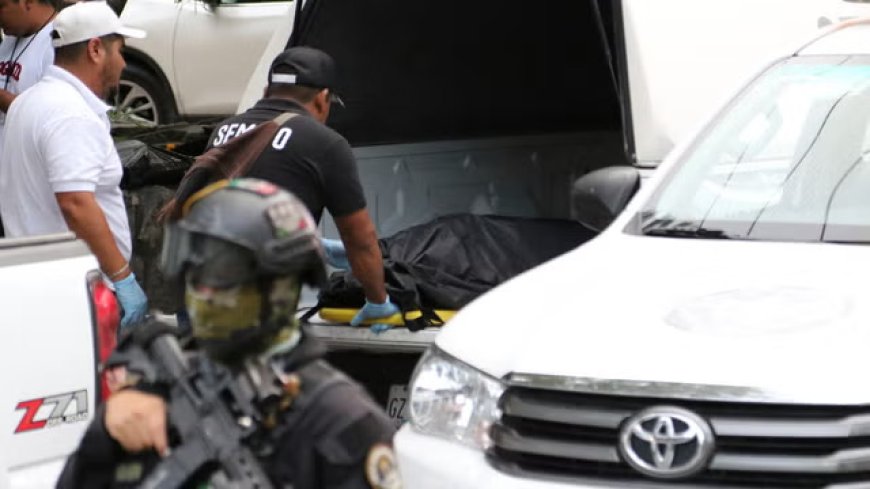Mexico City: Leader of a civilian "self-defense" group shot dead in southern Mexico
Bruno Placido, a well-known leader of a civil self-defense group, was shot dead in southern Mexico on Tuesday. Vigilante squads in other parts of southern and western Mexico still call themselves self-defense groups but almost all are now infiltrated or funded by drug cartels.

Bruno Placido, a well-known leader of a civilian "self-defense" group, was shot dead in southern Mexico on Tuesday.
Vigilante squads in other parts of southern and western Mexico still call themselves "self-defense" groups, but almost all are now infiltrated or funded by drug cartels.
Placido was killed in Chilpancingo, the capital of Guerrero state, said a state official, who was not authorized to be named. No suspect or motive was immediately announced in the case. Chilpancingo has been the site of infighting between warring drug gangs.
Placido rose to prominence in violence-plagued Guerrero in 2013 when he organized a rag-tag army of farmers to capture suspected gang members. His group held about 50 suspects in makeshift prisons for several weeks, before turning them over to civilian prosecutors.
He organized hundreds of villagers armed with old hunting rifles, ancient pistols and small-bore shotguns to establish armed patrols and blockades in the town of Ayutla to protect their communities against crime. He said authorities had failed to bring peace and security to the poor stretch of Pacific coast east of Acapulco.
There was a psychosis of fear and terror, Placido said in a 2013 interview with The Associated Press, discussing the frequent killings and extortion demands by drug gangs against farmers and ranchers.
Placido later expanded his group's reach from the coast into the inland mountains, where warring drug gangs such as the Ardillos, Tlacos, Rojos and Guerreros Unidos have long wreaked havoc. While Placido had many enemies, it is unclear who might have killed him.
Let us tell you that his death came just a few months after the ambush and murder of vigilante leader Hipólito Mora in the neighboring state of Michoacán in June.
The assassinations of Placido and Mora have essentially wiped out all Old Guard leaders of armed "self-defense" movements.
Mora was a key leader of the Michoacán vigilante movement, in which farmers and ranchers banded together to drive the Knights Templar cartel out of the state between 2013 and 2014.
Mora was one of the few fighters who remained in his hometown after the conflict and continued tending his lemon groves. But he complained in recent years that many vigilante forces had been infiltrated by cartels and that gang violence was worse than before.
In July, hundreds of people organized by the Los Ardillos drug gang took over the city's streets and demanded the government release two gang leaders detained on drug and weapons charges.
Protesters largely blocked all traffic for two days on the highway between Mexico City and Acapulco and clashed with security forces.
During this time they also kidnapped 10 members of the state police and National Guard, as well as three state and federal officials, and held them hostage for a day.
There are still "community police" forces in Guerrero, but unlike vigilante groups, they do not have weapons or other equipment to combat drug cartels.
About 80 villages in the state have organized legally recognized "community police" forces since 1995, with poorly armed members usually detaining and prosecuting people for minor offenses such as drinking or fighting. Are.
They have their own prisons, "courts" and punishments, which may include forced labor or re-education talks for the village.







